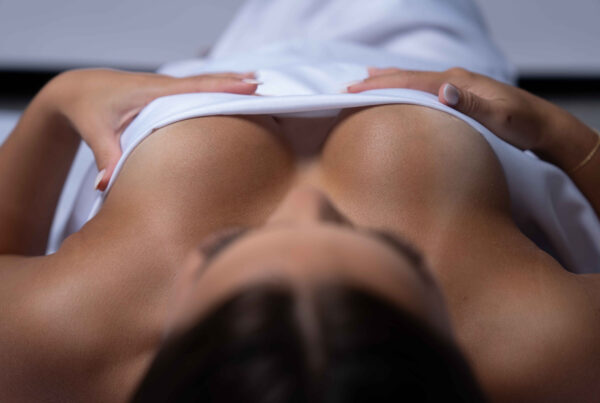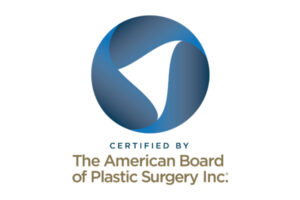Sensation changes happen in every breast surgery to some degree whether there is just a very small change that is barely noticeable with a little numbness, or something doesn’t feel quite right, all the way to the opposite end of the spectrum where the nipples are hyper-sensitive where it hurts to even wear a t-shirt.
There are a few things to know and a few things you can do. First off–know that all of these changes are normal, and for the vast majority of patients the changes in nipple sensation return to normal, but it is important to know that it may take many months or even a couple of years for this to happen. There certainly are cases where patients completely lose sensation in one nipple, or even less commonly in both nipples, but for most patients the changes in nipple sensation are temporary–you just have to realize that temporary can last many months. The changes typically range from tingling and numbness, or pins and needles, to the more uncomfortable electric like shocks and jolts to the even painful and irritating hyper-sensitive type pain. All are normal, but there is something you can do to help prevent these feelings and help treat them.
So what can be done when you go through these feelings? A lot actually–and it is easy to do, and at no cost, but it does need to be performed several times a day, and performed consistently every day. But first a little background: as a plastic surgeon I was trained in hand surgery spending time at the famous Kleinert Kutz Hand Center in Louisville, KY. Sensation changes to the fingers are very, very common after injury so I was able to have experience with many patients with finger and hand sensation changes after injury, and obviously this is a very serious problem and disability if you can not feel your fingers when you are trying to perform all of your normal daily tasks. As such great emphasis was placed on treating and improving sensation in these patients and I was able to observe occupational therapists and physical therapists treat these patients. When I started practice and began to see patients with nipple sensitivity changes I applied what I observed treating hand patients to breast surgery patients and it has worked out quite well. Now after over ten years in practice I explain this to every patient prior to their surgery, and it has really helped to minimize the discomfort and displeasure from changes in nipple sensation following breast surgery.
So here it is: touch and massage. Yes, that’s the magic treatment! But, there are a few key details. So the key is to begin early–the day of surgery—touch your breasts and your nipple–just gentle touch every hour is best. Now, don’t just touch your nipples themselves, but start in an area in your upper abdomen that feels normal, and move your hand and fingers all the way up to touch your nipple and areola, and then keep moving upwards to your clavicle until you get to an area that feels normal again. You always want to go from an area of normal sensation to the nipple, and then continue to an area of normal sensation. You don’t want to just touch the nipple straight away. You can also employ your spouse to help you to perform light touch as well using the same technique. Add in differing pressures of touch from very, very light touch where your fingers are barely in contact with your skin to more firm touch with very, very light pressure.
There are many types of receptors for pain and touch in your skin and you want to make sure you are triggering all of these receptors. So to do this you can make the touch therapy a little more powerful by using six different objects of six differing tactile qualities once your incisions have healed–usually about two weeks. For example, take a Q-tip, a piece of gauze or Kleenex, an opened paper clip, a tennis ball–anything really, but pick six things and place them by your bed. In the morning, and before you go to bed you can use them to apply different tactile touches to your breast and nipple going from areas of normal sensation to the nipple and areola back to an area of normal sensation. You can also vary it by using DIFFERING degrees of pressure. So for example, you can roll the tennis ball gently or apply more pressure with it–it should never hurt or harm your incisions. You can also take advantage of the fuzzy green outer material of the tennis ball to apply a different sensation.
The other key to all of this it to do it consistently (several times a day is best, but at least twice), lots of different sensations, move from a normal area to the nipple back to normal. Then you can also apply gentle massage to your whole chest area, gently stretch your shoulders and your arms and continue to move and use your arms. All of this applied together will make your recovery from breast surgery much easier, and ease the amount of changes to your nipple sensation. Of course at three weeks you also want to begin your scar massage.






